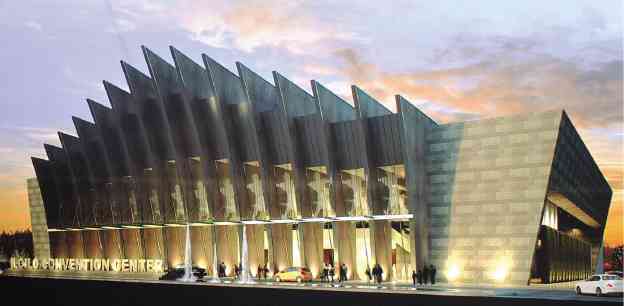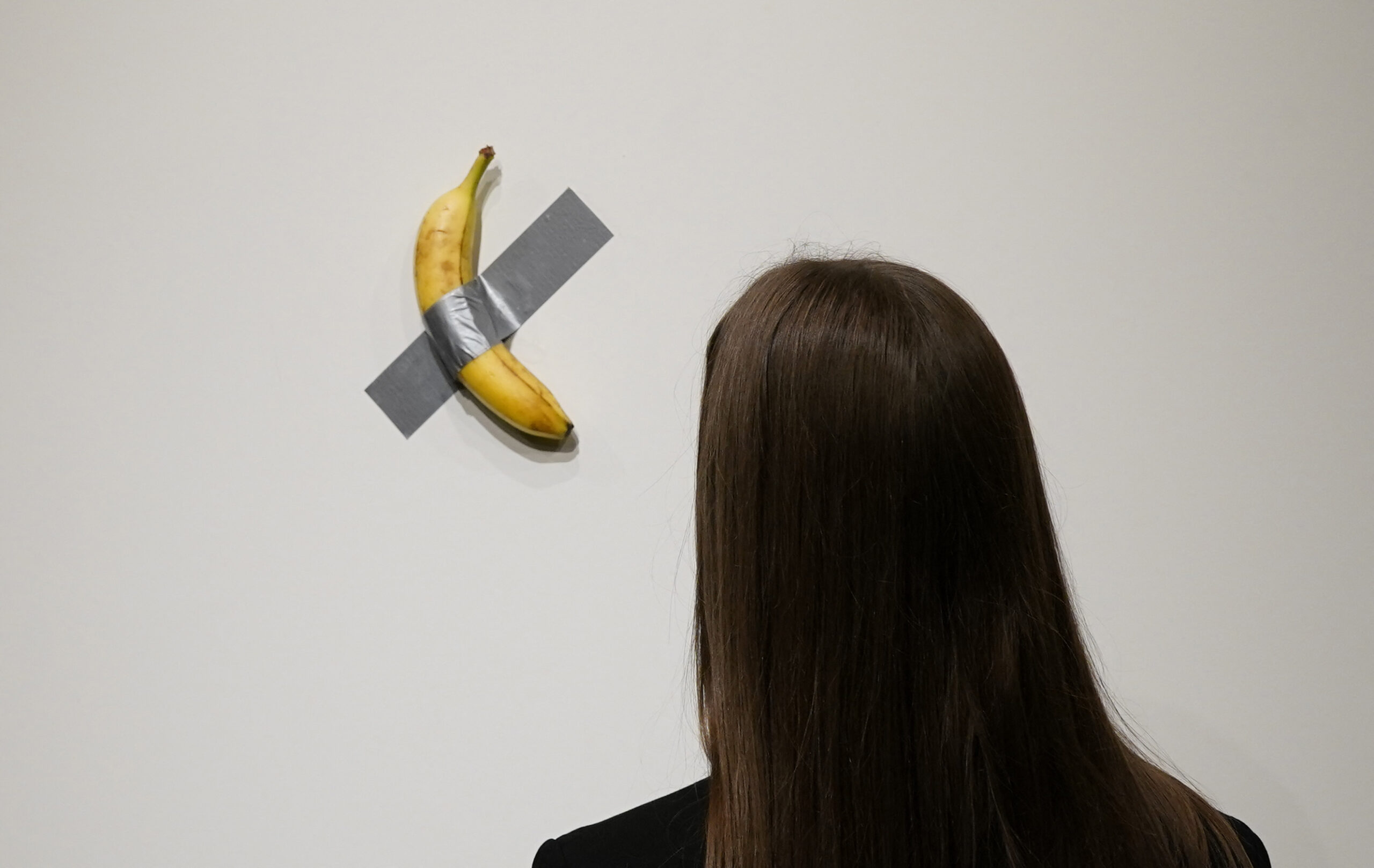
In the wake of Iloilo’s recent resurgence, the buzzword that it’s now the Philippines’ “next best thing” sounds rather pathetic. What a fall!
Because in colonial times Iloilo was already there—second only to Manila as center of economy and education, trade and commerce, arts and culture.
It used to be the Textile Capital of the Philippines and is the Rice Granary of the Visayas. Its seaport was integrated in the international trade as early as the 1850s.
The country’s oldest shopping center is Hoskyns Department Store in downtown Iloilo City. Founded by Englishman Henry Hoskyns in 1877, it introduced the fixed-price policy in merchandising and was known to sell “almost everything, from needle to anchor.”
The country’s first commercial airline, established by the Lopezes, was launched at Fort San Pedro in 1933, eight years before Philippine Air Lines came into being. Though its airport was bombed by the Japanese during the war, the company still exists, providing chartered and medical-emergency flights.
The country’s first Millionaire’s Row is in Jaro, then a separate colonial city and referred to as the Mansion Capital of the Philippines. Iloilo then had “the highest concentration of millionaires outside Manila,” and was the country’s most important province.
The oldest golf course in Southeast Asia is the 35-hectare Iloilo Golf and Country Club in Sta. Barbara town. It was the first Philippine club to be accepted as an affiliate of the Royal and Ancient Golf Club of St. Andrews in Scotland.
Iloilo has an epic, the “Hinilawod,” a sure indication of an ancient civilization. The Boxer Codex shows pre-Hispanic Ilonggos wearing flowing fineries while their Cebuano neighbors were garbed in loincloths with matching tattoos.
Royal city
When the Spaniards arrived in Panay from Cebu in 1565 before launching their assault on Luzon in 1570, they made a settlement in what is now Oton town, where they later constructed the first Manila galleons. They established the country’s first boarding school for boys (Jesuit, 1593) in neighboring Tigbauan, and built what must be Panay’s oldest church (Augustinian, 1572) in Dumangas.
In 1889, Queen Regent Maria Cristina of Spain decreed Iloilo a royal city, and later conferred it the title La Muy Leal y Noble Ciudad—her favored city, thus the epithet Queen’s City in the South.
National hero José Rizal referred to it as “the white city set on water.”
Shaken world
With the opening of Iloilo Business Park—a 72-ha, mixed-use, master-planned community development in the former site of the Mandurriao airport—in time for the 2015 Asia-Pacific Economic Cooperation summit, Iloilo was again news.
People were talking about an economic boom and such state-of-the-art venues as Iloilo Convention Center, Ayala Atria, Courtyard by Marriott. The placid world of the Ilonggos was suddenly shaken.
Iloilo City is relatively small and quite compact, its main thoroughfare just stretching from the Provincial Capitol through Iznart Street to JM Basa Street up to Plaza Libertad toward Fort San Pedro. The City Proper could no longer expand, so developers had to explore the city outskirts.
In the 1990s, while bar-hopping from the City Proper to the districts of Molo, Mandurriao and Jaro from late afternoon to past midnight, we already noticed Iloilo’s changing lifestyle and landscape.
As soon as evening fell, some mansions in Jaro would transform their lawns and gardens into al fresco cafés and watering holes.
It was the opening of a monolithic mall between Mandurriao and Jaro that must have started this rapid urbanization. In its wake sprouted trendy hangouts like Smallville Complex (for youngsters); Plazuela de Iloilo (for fine diners); Iloilo River Esplanade (for joggers).
A Generation X Ilonggo points to the increase in the number of malls, social hubs, specialty shops, gourmet restaurants, fast-food joints, resulting in the “shift of social activities from Calle Real to the uptown development.” He cites the increase of disposable income as resulting in “changing habits, practices,
attitudes and culture” of the Ilonggos.
Frantic constructions
One martial law baby says there is, indeed, a business boom in Iloilo as seen in the frantic building of infrastructures; road widening like the eight-lane road expansion (with bicycle lanes) ongoing up north; the international airport in Cabatuan town; privatization of services like hospitals, bus and jeepney terminals; proliferation of convenience stores, hotels, foreign-exchange banks.
A baby boomer, who has been away for years, is surprised at the mushrooming of upscale hotels (Marriott, Richmonde, Injap Tower, Seda Atria, Urban Sands); world-class entertainment centers (Waterworld, Ocean Park); even hospitals (Medical City, QualiMed).
“Maybe the gentle Ilonggos have become more driven, more aggressive, more acquisitive as the new wealth of OFWs has democratized the purchasing capabilities of the provincial consumers,” he says. “Ang alam ko noon takot ang mga Ilonggo gumastos. Iba naman ang mga Negrense na lumalaban sa gastos sa mga Manileño.”
While Negros has pronounced upper and lower classes, the very rich and the very poor, Iloilo is chiefly middle-class, a complacent, contented lot. In fact, the whole Panay has the highest middle-income class in the country.
The Gen X-er says Ilonggos are “generally thrifty, deposit-conscious,” thus banks are sprouting all over the place. Investors’ confidence is high because “Ilonggos are known to have big deposits in banks and financial institutions.”
Dominant value
Says one Ilonggo writer: “The economic boom and land development can generate jobs, but not necessarily create more livelihoods for the marginalized Ilonggos. Gross mercantilism can divest creative industries of their indigenous cultural identities. These concerns must be addressed by the Iloilo Chamber of Commerce, Iloilo Businessmen’s Association, and Iloilo Producers’ Association.”
The martial law baby agrees: “Development brings temporary jobs and relative improvement of living condition, but it’s mostly superficial. Because after these constructions, those whose jobs can be sustained are a lot fewer than those who will lose their means of livelihood due to land conversion. Not only people are dislocated, potential agricultural production is also gone, so food security is affected.”
She points out some 12,000 hectares of rice fields have been converted into a subdivision in Mandurriao and Oton alone—how many more in other development projects like the Circumferential Road?
“This economic boom keeps pouring commodities most of which are not even locally produced,” she continues. “It feeds consumerism, which is now the dominant value of people. Before, people from La Paz peddled kakanin and boiled corn downtown. Now, even in front of La Paz Market there are Jollibee and 7-Eleven branches. You move to another street corner, another Jollibee; you cross the bridge to Capitol, McDo naman.”
Standard of living
A millennial says Ilonggo consumers now have a lot of choices but only a few can afford them, because a corollary of improved standard of living is higher cost of living, so the majority just go window-shopping. Naturally there’s also an increase in criminality and social problems like drug abuse, prostitution, the rise of youth gangs.
“There are more squatters now,” he says. “People from other towns come for work but they’re mostly temporary service workers, so they end up in slums. Kapit-sa-patalim sila by selling drugs for easy income as it’s difficult to get regular jobs.”
Recently President Duterte demonized Iloilo by calling it the country’s most “shabulized” (where use of shabu, or meth, is most rampant).
A middle-aged parish priest takes issue with the President’s pronouncement. He believes this is “evil” politicking akin to character assassination, and plain vindictiveness driven by Mr. Duterte’s landslide loss in Iloilo (as in the rest of Panay) during the 2016 elections. Apparently, to uplift his city of Davao, he had to tarnish the reputations of others.
Memories of old city
The martial law baby misses the old city. She remembers its distinctive smell of fried garlic (from peanut vendors); now it’s air freshener attached to air-conditioner.
“The vibes of downtown Iloilo used to be distinct from that of Manila or Bacolod,” she continues. “Now, starting from the airport, the feel is not much different from that of Manila, especially when entering the city with the traffic and all.”
The writer remembers Iloilo in the late ’50s and ’60s: “It had an air of elegance, a residue of Peacetime prosperity transformed into postwar conservatism and complacency. Calle Real was an emporium of imported goods consumed by both the frivolous elite and the snobbish middle class. The jeepneys were fewer, smaller, slower. Calesas abound, plying the routes of nearby districts.”
The baby boomer misses those calesas and round-trip buses on the city streets; the Panay Railway trains to Capiz and the Negros Navigation ferry boats to Bacolod.
He misses the lazy promenade and window-shopping along Calle Real; people-watching in Plazoleta Gay; political debates and amateur singing contests at Freedom Grandstand; the noontime siren of Aduana.
He misses the city’s iconic foodstuff: Fatima’s meatball spaghetti and pancit Molo; Prince Kitchenette’s calo-calo bihon; Dainty Restaurant’s lauriat; Kong Kee’s siopao and hototay; Jaro’s banana crackers; pan de sal ni Pa-a at Jaro Plaza; pan de buho from a hole-in-the-wall on Fuentes Street; chicken inasal at Fort San Pedro; the smell of fried peanuts and roasted corn on the cob on the sidewalks.
Most of all, he misses the “gentler, friendlier, less guarded people way back when.”
Forsaken place
With the development of the city outskirts, people are drawn in droves from the City Proper. Most shoppers have deserted Calle Real for the malls, many of its establishments now looking dingy and derelict. Those cavernous movie theaters that were virtual palaces downtown had to close down after the cineplexes drew away their patrons.
But there’s an upside to the ongoing development: free Cinémathèque; some graffiti street art; refurbishing of heritage structures like the Art Deco police station of Jaro (formerly its town hall) and the Beaux-Arts rows of commercial establishments along Calle Real.
On his way back to Manila from exile in Dapitan, Rizal passed by this street in 1896 and bought a buri hat from a bazaar in what is now Regent Arcade. He wrote in his diary: “The liveliness of [Calle Real] pleased me.”
Calle Real (JM Basa Street) is now a Heritage District. Cine Palace (now Regent), built in 1928 and considered the oldest existing movie theater in the country, has retained its Neoclassic façade. The Old Capitol Building, built during the Spanish era and serving as Casa Real and Iloilo’s Kilometer Zero, has been declared a National Historical Site.
This civic zeal to preserve legacy came rather too late to save one lovely iconic structure—the Cacho Hermanos Building, which used to house Panay Electric Co. Built at the entrance of Calle Real in 1927 in the Beaux-Arts style with Neo-Baroque decorative elements, it was demolished a few years ago.
The lot still lies vacant, probably waiting to be taken over by the ukay-ukay encroaching like poisonous vines and weeds on this once royal street.












































